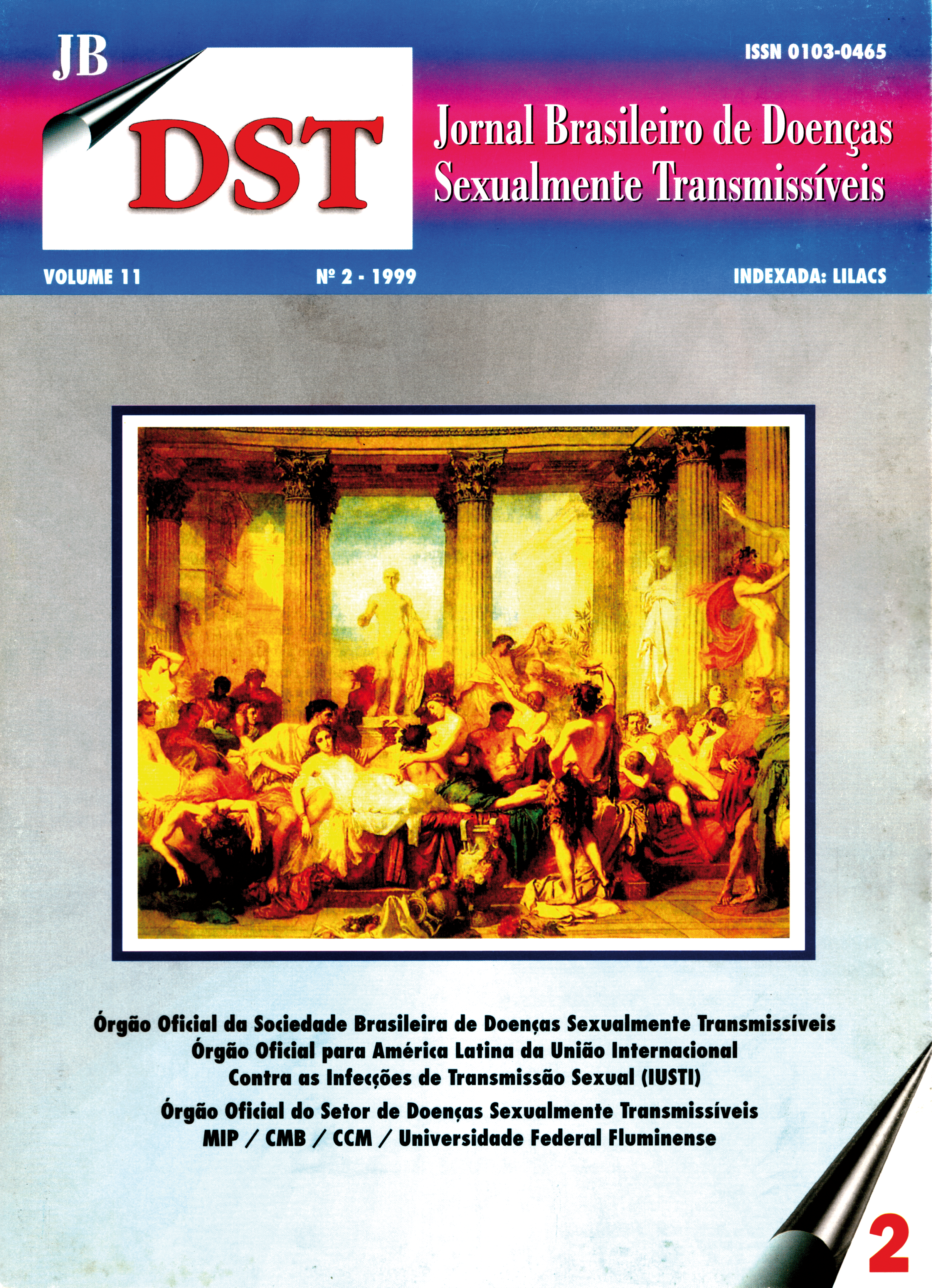Neisseria gonorrhoeae drug resistence
fron the mechanisms to monitoring
Keywords:
Neisseria gonorrhoe-ae, gonococcal infections, gonorrhoeae, sexually transmitted diseases (STDs), antibiotic-resistanceAbstract
Gonorrhoeae remaíns an important infectious di-sease worldwide (about 60 million cases per year), although its global distribution differs between in-dustrialised and developing countries. Whereas in the developing countries the disease still continues as a major cause of infection, its incidence has been declined in many industrialised countries in the last decade. ln developing countries, therefore, this se-xually transmitted disease (STD) appears as a very serious trouble of public health, specially because it may amplify the transmission of human immune defficiency virus (HIV), besides its own clinica! com-plications. Together with this, Neisseria gonorrhoe-ae isolates continue to develop a large number of resistance mechanisms against antimicrobial agents, including some ofthose antibiotics presently recom-mended for the treatment of gonococcal infections. So, the studies of these mechanisms of resistance, the need for antimicrobial susceptibility monitoring in N. gonorrhoeae isolates, and the developing of new and effective an-tigonococcal drugs has never been more imperative than today.












